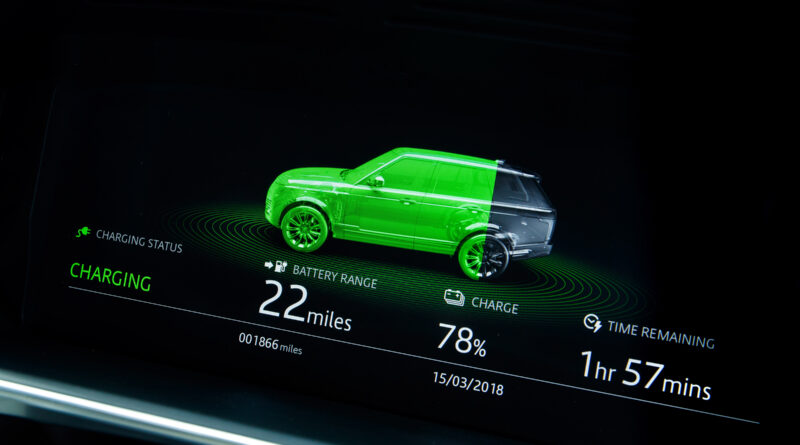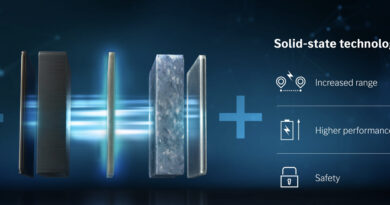What happens when an EV runs out of electricity?
It will stop, obviously…
But before this happens, the EV will give you plenty of notice that battery charge is running low.
When there’s not a lot of charge left in the battery pack a warning will be displayed, possibly accompanied by attention-getting beeps.
Some EVs allow the driver to choose the percentage of charge or driving range remaining that will trigger these initial alerts.
EV FAQ: All your electric car questions answered
READ MORE: Will my battery go flat if I leave my EV parked for too long?
EVs with factory sat-nav will usually display the location of the nearest public charging points.
Some non-essential power-consuming systems, like the audio system or air-conditioning, may be automatically shut down.
Keep on driving and the typical EV will go into its extremely low-battery routine. The warnings will become more insistent, all non-essential systems are likely to shut down … and you’ll probably see an amphibian appear in the instrument display.
The ‘Turtle’ warning favoured by many EV makers means the car has switched to power-limitation mode. This is designed to maximise the distance that can be driven with the small amount of charge remaining in the battery, and you’ll know it’s kicked in. Maximum speed will be restricted, probably to around 60km/h, and the accelerator pedal will feel unresponsive. Messages to pull off the road in a safe place will appear.
Eventually, the readouts for percentage of battery pack charge and driving range will show there’s nothing left… but the EV will probably be able to drive a few more kilometres.
How is this possible? Well, EV manufacturers prevent their battery packs being totally drained or completely filled. Fully charging or discharging a lithium-ion battery pack accelerates deterioration of its cells. EV makers use battery management system software to prevent this happening, sacrificing around 10 percent or so of the pack’s theoretical capacity to make it long-lasting.
In an emergency situation most EVs will allow the driver to dip into this unused reserve, but it’s best for the battery pack not to make a habit of doing this.
When there’s nothing at all left in the battery pack there are two ways to get it moving… have it towed to a charger or recharge it on the spot.
For now, towing is the going solution for Australian EV owners. But as EVs become more widespread roadside recharging is likely to become the favoured option.
Britain’s equivalent of the NRMA, RACV and RACQ is already equipping some of its breakdown van fleet with on-board EV chargers. While the set-up installed in the RAC’s vans charges at the same rate as a slow home wallbox, the idea is to give a stranded EV just enough range to get to the nearest fixed charge point. It’s the EV equivalent of tipping a few litres of fuel into an ICE vehicle with an empty tank.




